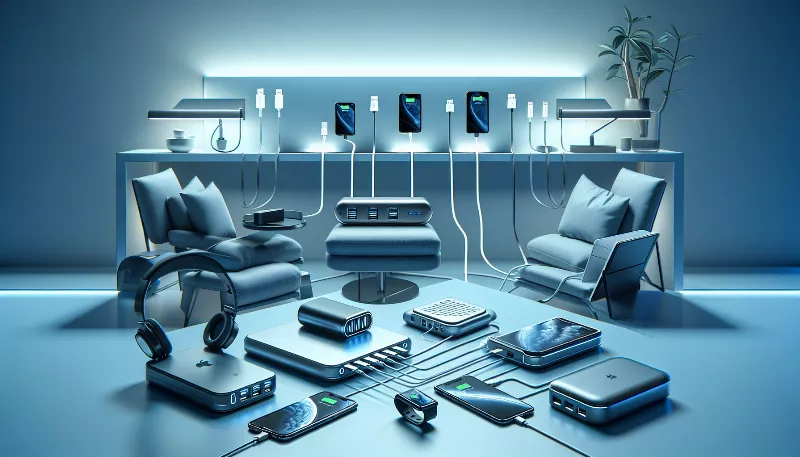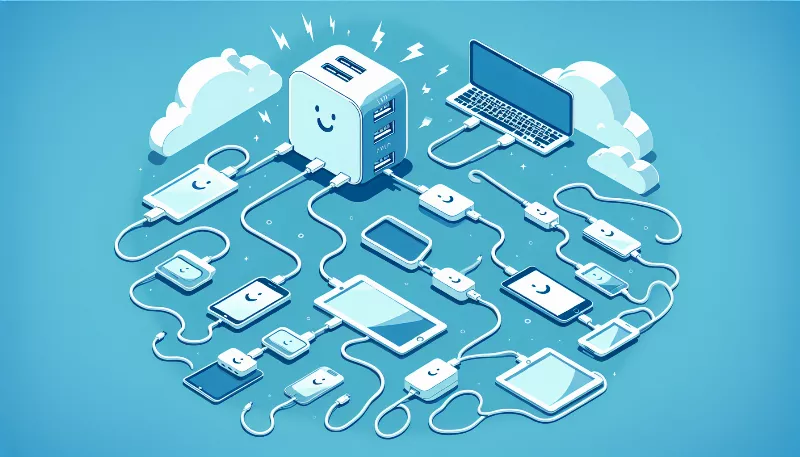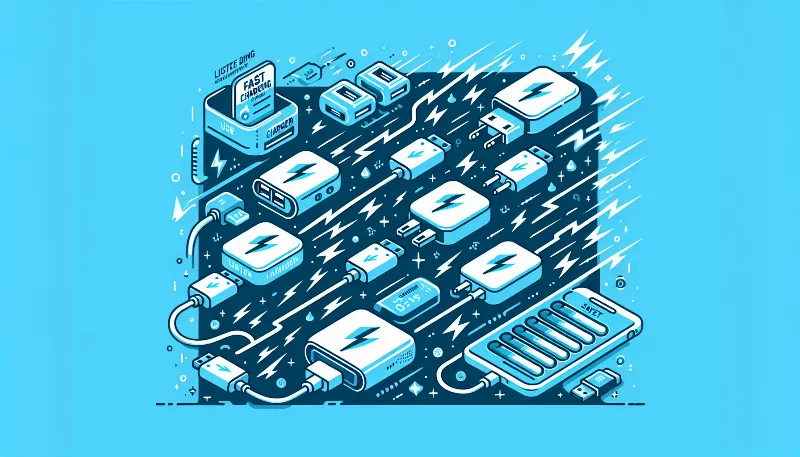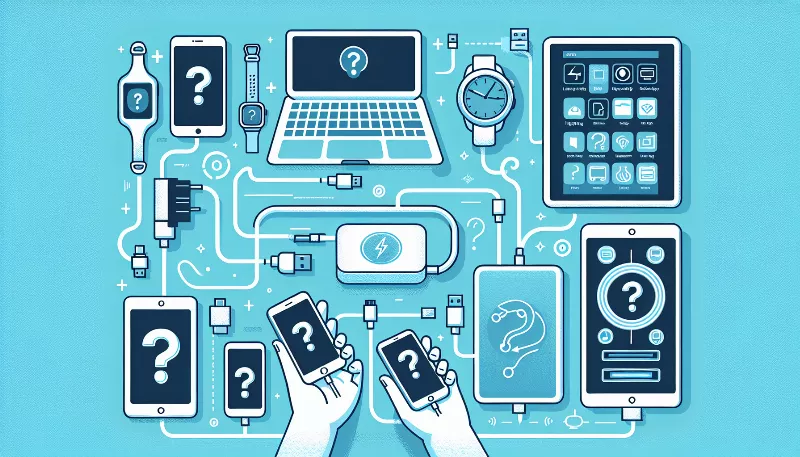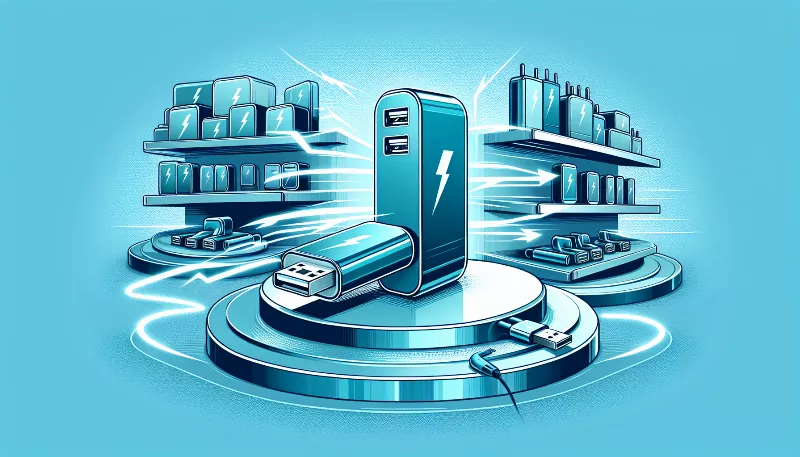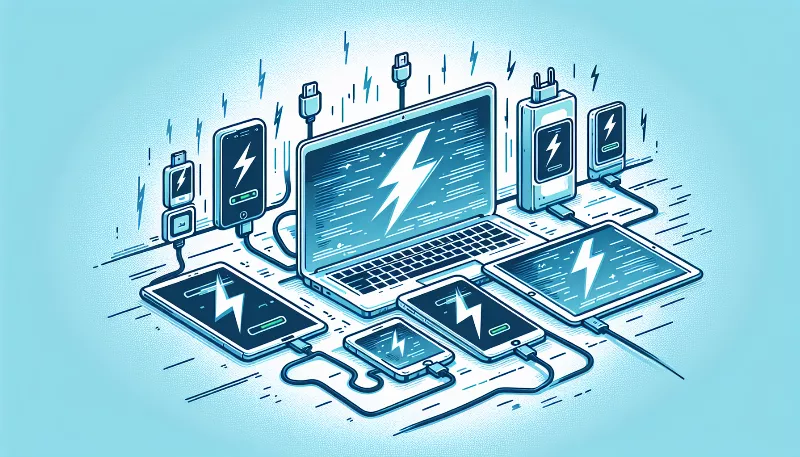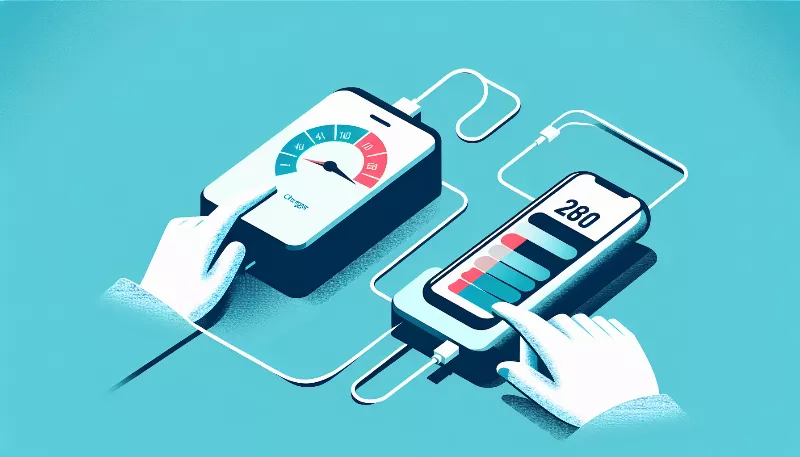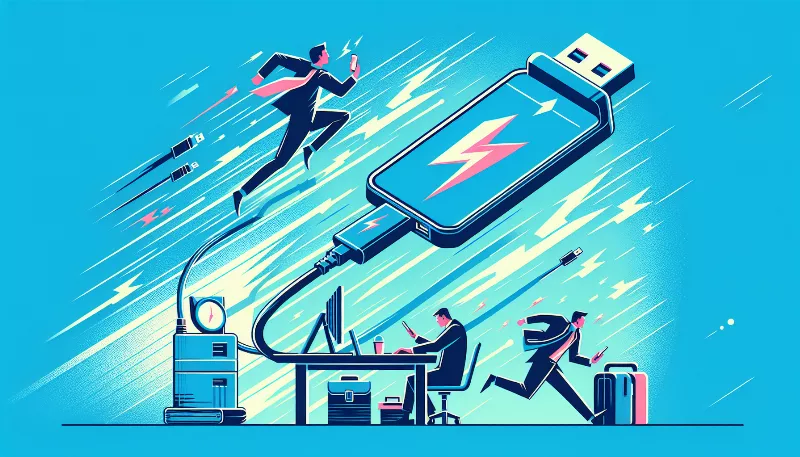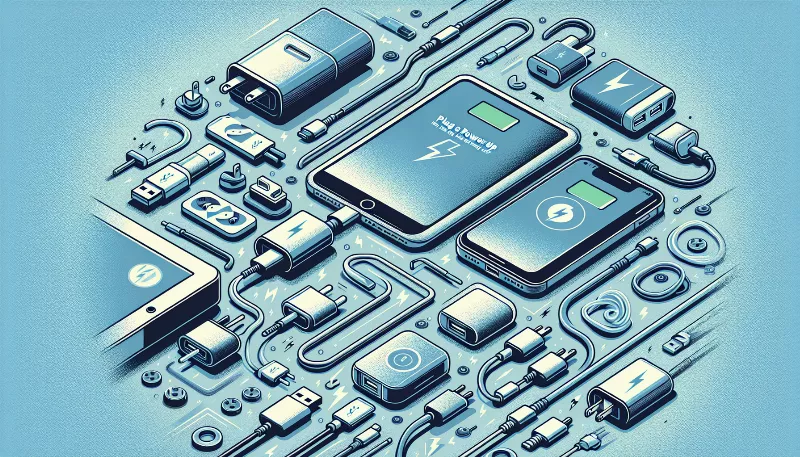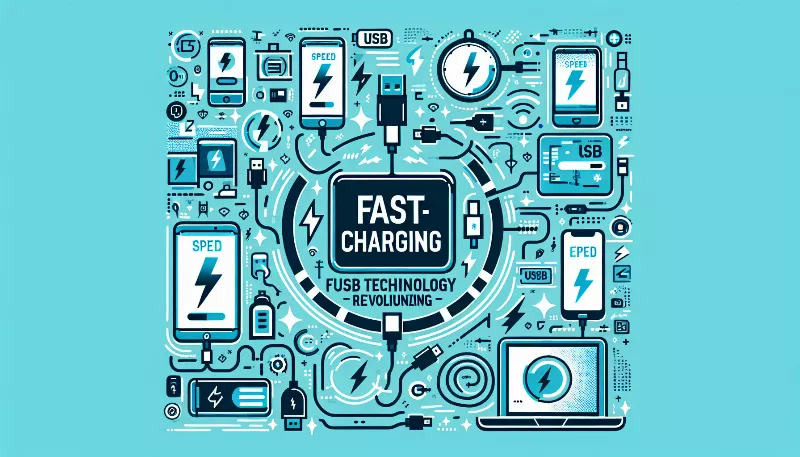From A to C: The Evolution of USB Chargers Explained
Discover the journey from USB-A to USB-C, and how it revolutionizes charging tech. Get the lowdown on faster, more versatile connections!
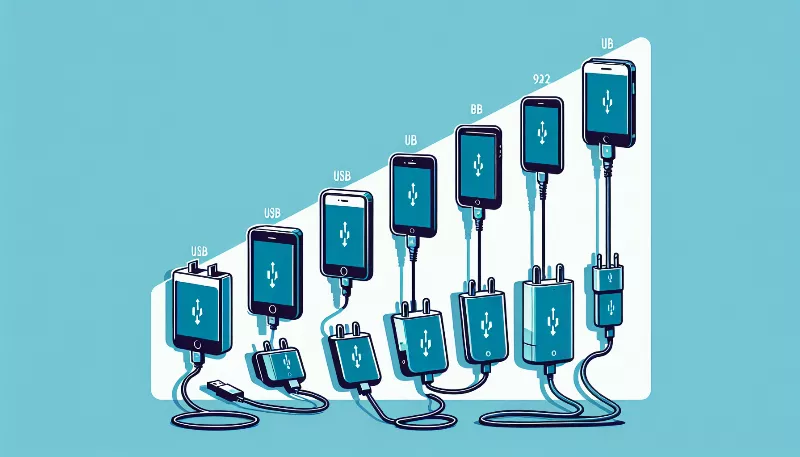
The Dawn of Digital Connectivity
Remember the days when every device came with its own unique charger? The early digital era was cluttered with a myriad of cables, each as distinct as the devices they powered. But then, a revolution began with the introduction of the Universal Serial Bus (USB) – a standard that would simplify our digital lives in ways we could scarcely imagine. The USB 1.0, launched in the mid-90s, was the first step towards a universal charging and data transfer solution.
USB Type-A: The Ubiquitous Connector
As the new millennium dawned, USB Type-A ports became the gold standard for connecting a plethora of devices. From printers to cameras, and flash drives to mice, the rectangular-shaped USB Type-A connector was everywhere. Its ease of use and wide compatibility made it an instant hit. Over the years, USB technology evolved through versions 2.0 and 3.0, enhancing data transfer speeds and charging capabilities, but the shape of the Type-A connector remained constant, a beacon of stability in an ever-changing tech landscape.
The Birth of USB Type-B and Miniaturization
While Type-A connectors ruled the larger device market, there was a growing need for smaller connectors for portable devices. Enter USB Type-B and its mini and micro variants. These connectors were designed for devices like smartphones, tablets, and other handheld gadgets. They were smaller, yet still allowed for efficient data transfer and charging. However, the mini and micro USB connectors had a downside – they were not reversible, which often led to fumbling around and the occasional frustration of trying to plug them in upside down.
USB Type-C: The Game Changer
Just when we thought USB technology had reached its peak, along came USB Type-C. This sleek, reversible connector has been a game changer since its inception. Not only does it boast a user-friendly design that allows you to plug it in any way you like, but it also offers significantly faster data transfer rates and charging speeds. USB Type-C is rapidly becoming the new standard, with its adoption by a wide range of devices from smartphones to laptops, and even gaming consoles. It's the epitome of USB evolution, combining power, performance, and convenience in a small, symmetrical package.
Power Delivery and Beyond
USB technology doesn't stop at connectors; it's also about what happens after you plug in. USB Power Delivery (PD) is a charging protocol that allows for higher power levels, enabling devices to charge faster than ever before. This means less time tethered to an outlet and more time using your devices. With the advent of USB4 and continued advancements in USB PD, the future of USB charging looks brighter than ever. We're talking about multi-gigabit data transfer speeds and enough power to charge laptops and other high-powered devices with ease.
Embracing a Unified Future
The journey from USB Type-A to Type-C has been nothing short of remarkable. It reflects our relentless pursuit of innovation and efficiency. As we look ahead, the promise of a single, powerful, and versatile USB standard is more than just convenient; it's a testament to human ingenuity. So, here's to the humble USB charger – may it continue to evolve and simplify our digital lives for years to come!

